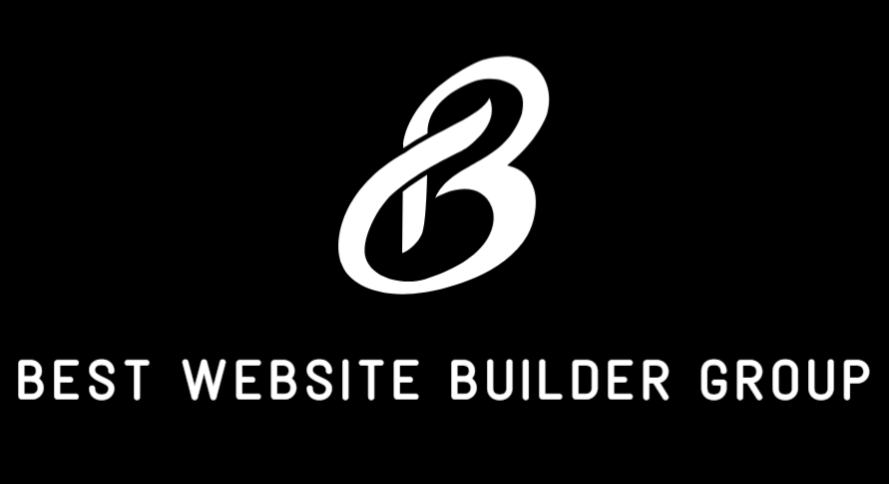Running a local version of WordPress is a powerful way to build, test, and experiment with your website without exposing it to the public internet. Whether you’re a developer refining a custom plugin or a business owner trying out a new theme before it goes live, understanding how to run a local WordPress environment is one of the most valuable skills you can learn.
In this article, we’ll walk you through the process, explain why local development is so important, and cover the tools that make it all possible. You’ll learn exactly how to install, configure, and run WordPress on your own computer using simple, reliable tools — no technical degree required.
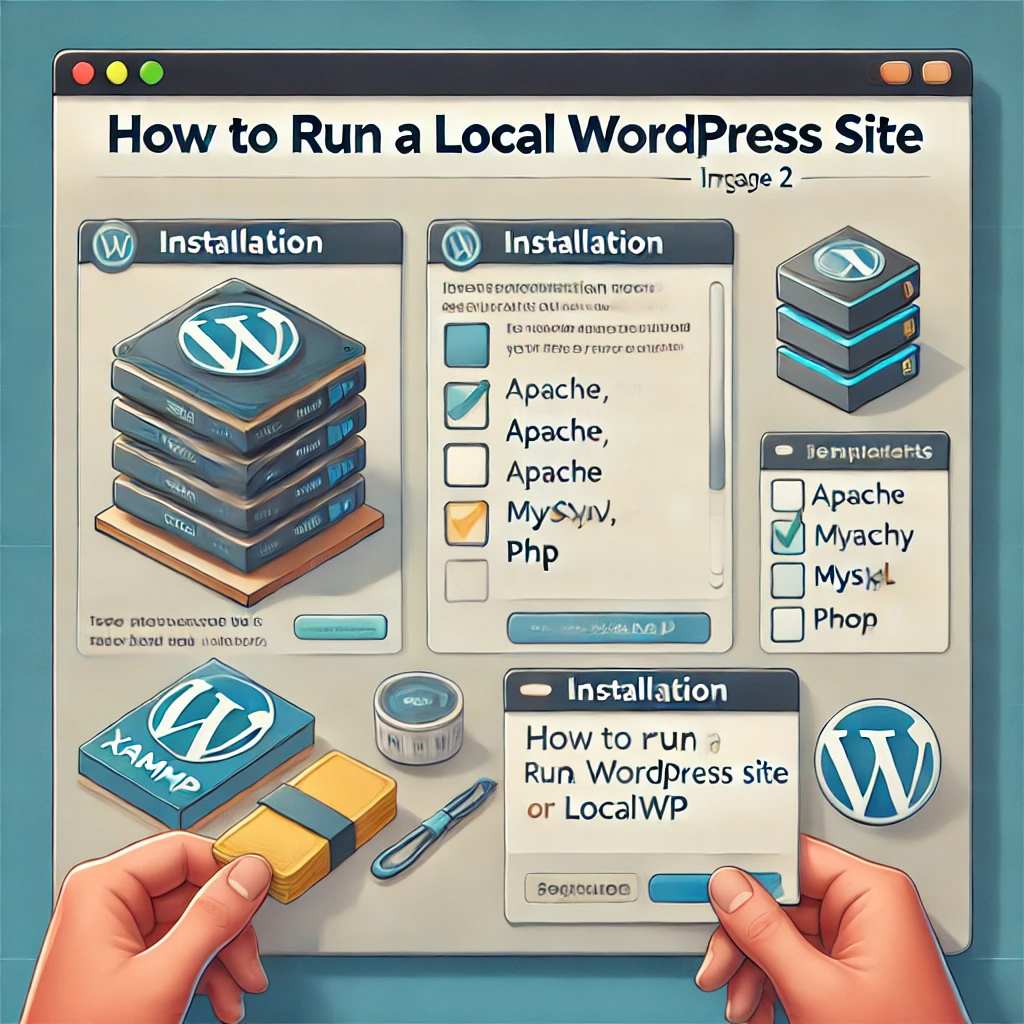
Why You Should Run WordPress Locally
Before learning how to run a local WordPress, it’s helpful to understand why you’d want to.
A local environment replicates your website’s functionality without being live. That means:
- No hosting costs while testing
- No downtime if you make mistakes
- A completely private sandbox to develop, test, or learn
If you’ve ever broken your live site by changing themes or plugins, a local WordPress site will become your best friend. At Best Website Builder Group, we develop every client site locally before publishing — because it saves time, money, and headaches.
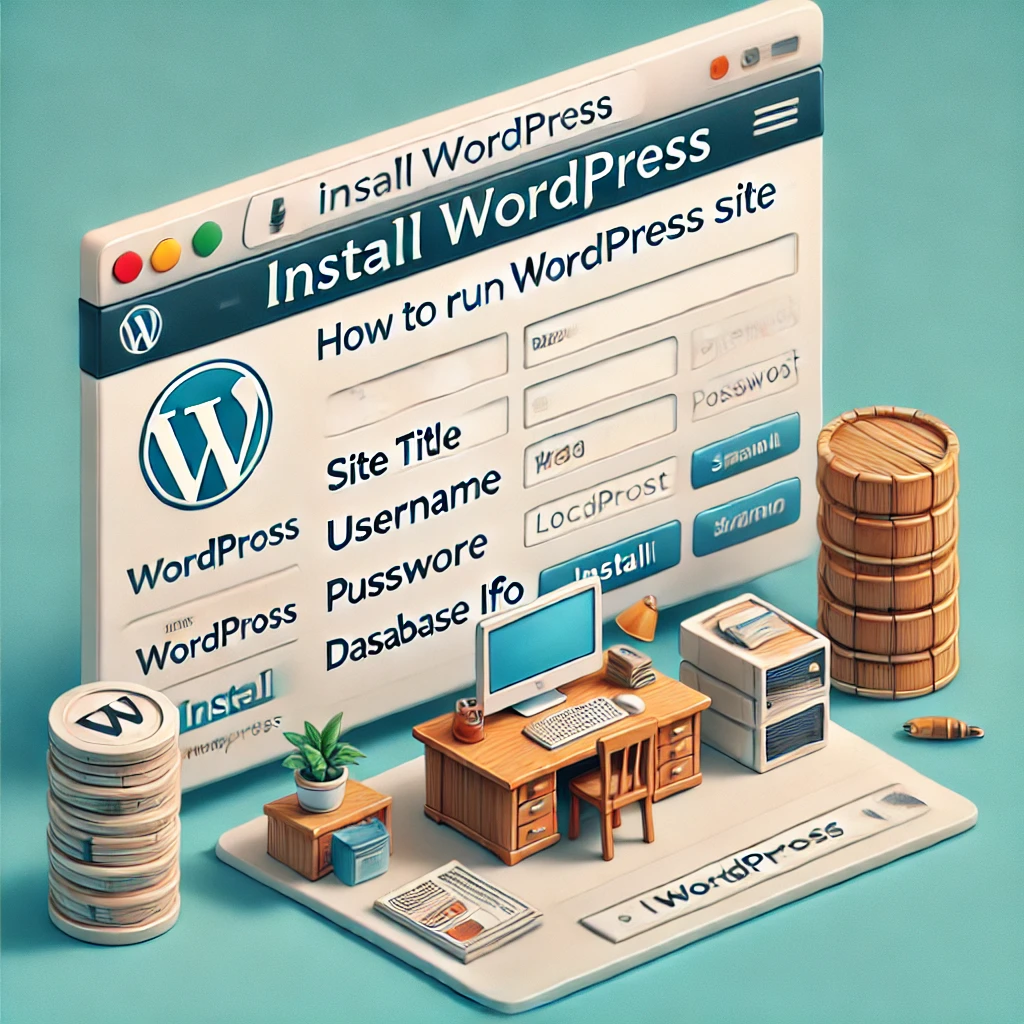
What You Need to Run WordPress Locally
To run WordPress on your local machine, you need to replicate the environment it uses on a live server. That includes:
- A web server (like Apache or Nginx)
- A database system (MySQL or MariaDB)
- PHP, the language WordPress is built on
- The WordPress software itself
Instead of installing these individually, most people use a bundled tool called a local server environment that includes all of the above in one package.
Popular tools include:
- LocalWP (by Flywheel) – beginner-friendly, ideal for WordPress users
- XAMPP – cross-platform, widely used by developers
- MAMP – popular on Mac and Windows
- DevKinsta – made by hosting provider Kinsta
- Laragon – lightweight and fast for Windows users
Let’s go step-by-step using LocalWP — one of the easiest options.
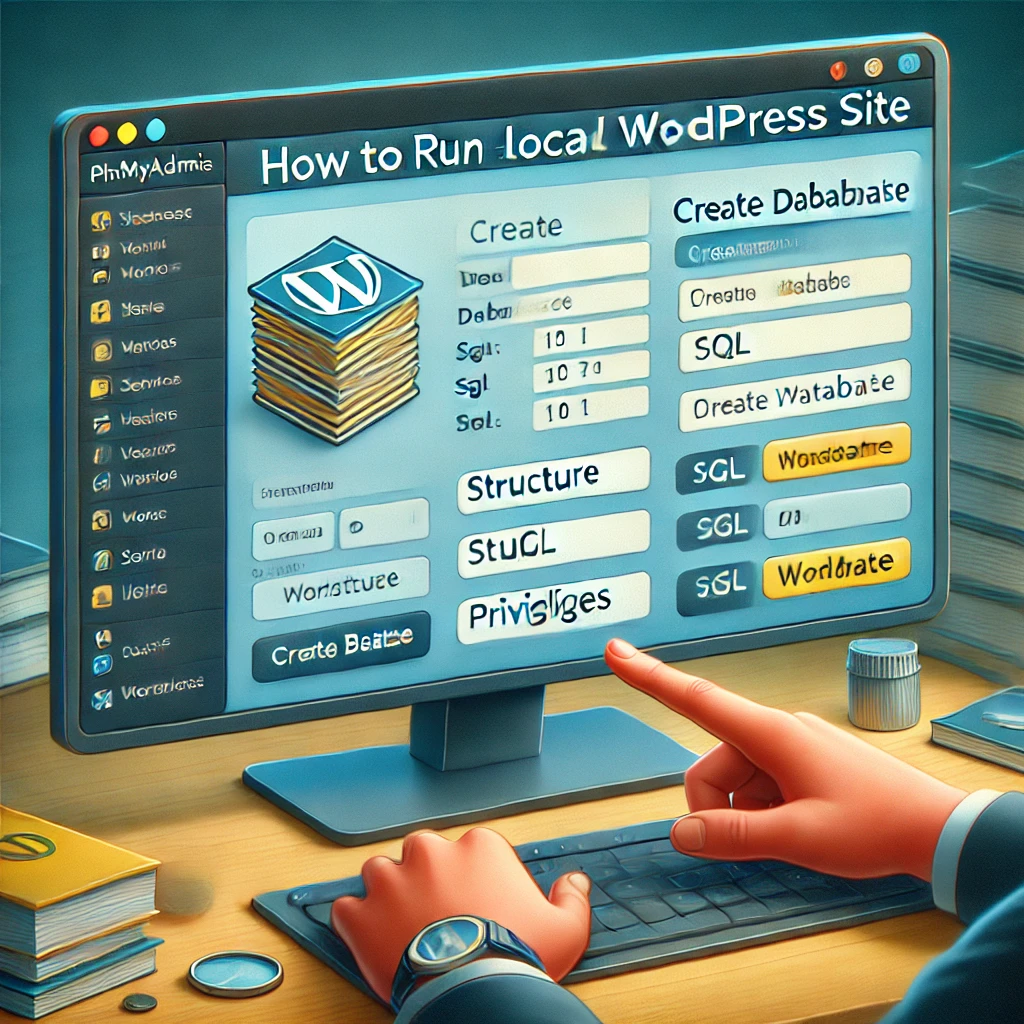
Step-by-Step: How to Run a Local WordPress Using LocalWP
Step 1: Download and Install LocalWP
Go to https://localwp.com and download the free version of the app for your operating system (Windows, macOS, or Linux).
Once downloaded, install the software using your system’s standard installation method.
Step 2: Create a New Local Site
After opening LocalWP:
- Click the “+” sign or “Create a New Site”
- Choose a site name (e.g., “MyTestSite”)
- Select the Preferred environment (Local will handle the setup automatically)
- Create a WordPress username, password, and email
Click Add Site — Local will create your WordPress site using a local Apache server, MySQL database, and PHP.
Step 3: Launch and Access WordPress
After the site is created, click “Start Site”, then click “Open Site” or “WP Admin” to access your local WordPress dashboard.
You now have a fully functional WordPress website running on your local machine at a URL like:
arduinoCopyEdithttp://mytestsite.local
You can install themes, add plugins, and build your site exactly like a live version — but without internet exposure.
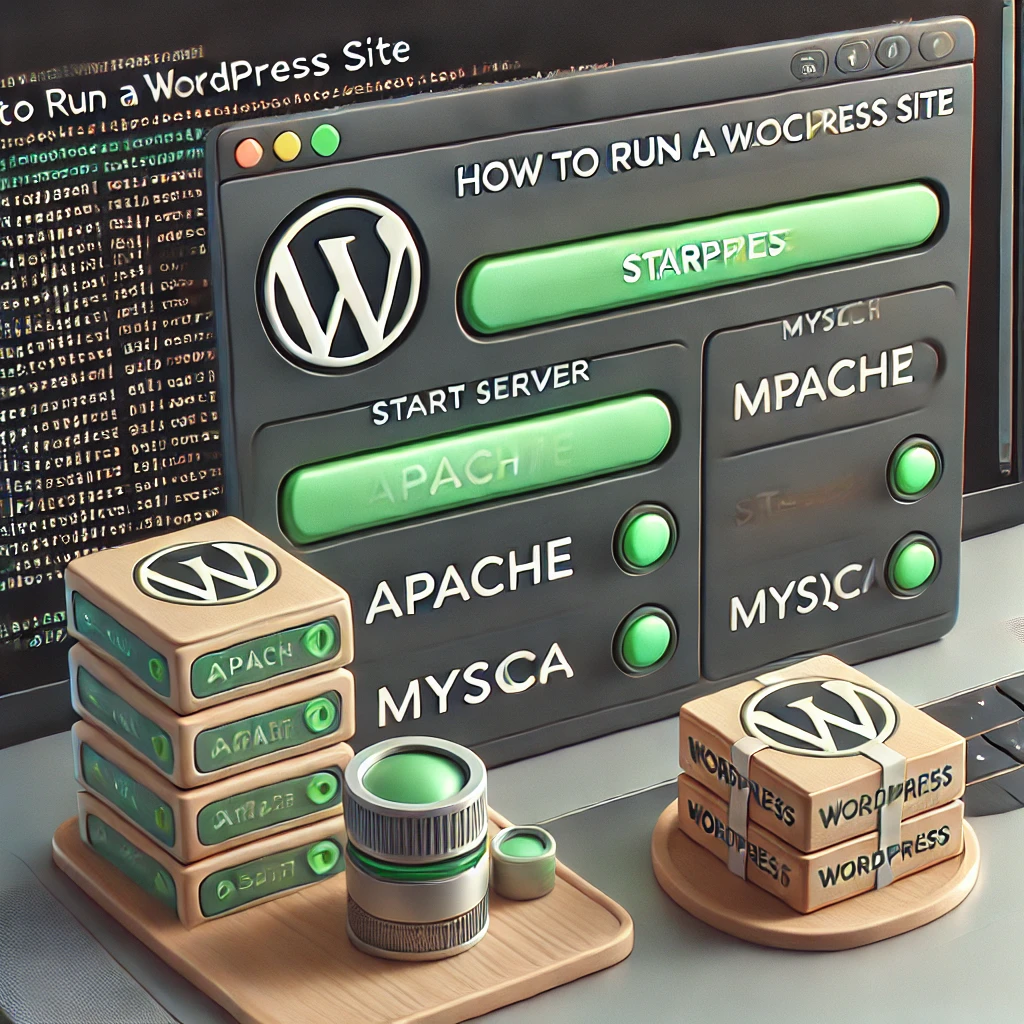
Optional: Installing WordPress Manually with XAMPP
Some developers prefer XAMPP for its flexibility. The steps are slightly more technical:
- Download XAMPP and install it.
- Start Apache and MySQL from the XAMPP Control Panel.
- Go to
http://localhost/phpmyadminand create a new database (e.g.,my_local_wp). - Download WordPress from wordpress.org.
- Extract WordPress into the
htdocsfolder in your XAMPP directory. - Visit
http://localhost/wordpress/and follow the installation prompts.
This method is powerful but requires slightly more setup compared to tools like LocalWP.
Using Local WordPress for Development and Testing
Once you know how to run a local WordPress, the real benefits come from how you use it.
You can:
- Test themes before installing on a live site
- Customize CSS and see live results without risking errors
- Build and debug plugins
- Clone a live site to local for safe edits (with tools like Duplicator or All-in-One WP Migration)
- Experiment with staging environments
- Learn WordPress development or backend without downtime
You can even run multiple local WordPress sites at once — each with different configurations or plugins.

Syncing Your Local WordPress With Live Sites
Eventually, you’ll want to push your local site to a live server. You can do this manually (export/import) or with a plugin. Common options include:
- All-in-One WP Migration
- Duplicator
- WP Migrate Lite (formerly WP Migrate DB)
These tools export your local database and files so you can upload them to your live server. Be sure to adjust URLs and permalinks during migration.
Common Issues When Running Local WordPress
- Port conflicts (another app using the same port as Apache)
- Permission errors on Windows or Mac
- PHP version compatibility — some themes or plugins require newer versions
- SSL errors — local SSL is optional, but can be enabled
- Database not connecting — often due to incorrect credentials or database name
These are all solvable and well-documented in support forums or the tool’s own documentation.
Hosting Alternatives After Local Development
Once your local site is ready to go live, you’ll need reliable WordPress hosting. At Best Website Builder Group, we often recommend the following options:
- SiteGround – great speed, excellent support
- Cloudways – scalable and developer-friendly
- WP Engine – managed hosting built for performance
- NameHero or Ionos – good entry-level options
Choose a host that matches your speed, support, and growth needs. Then migrate your local site confidently.

Conclusion
Learning how to run a local WordPress environment is a crucial step toward mastering your website and controlling your development workflow. Whether you’re testing new designs, developing plugins, or staging client work, a local site gives you the flexibility and safety you simply can’t get on a live server.
Tools like LocalWP make it easy for beginners and experts alike to run WordPress offline. And once you’re ready to launch your site to the world, the team at Best Website Builder Group is here to help you migrate, optimize, and succeed online with confidence.
